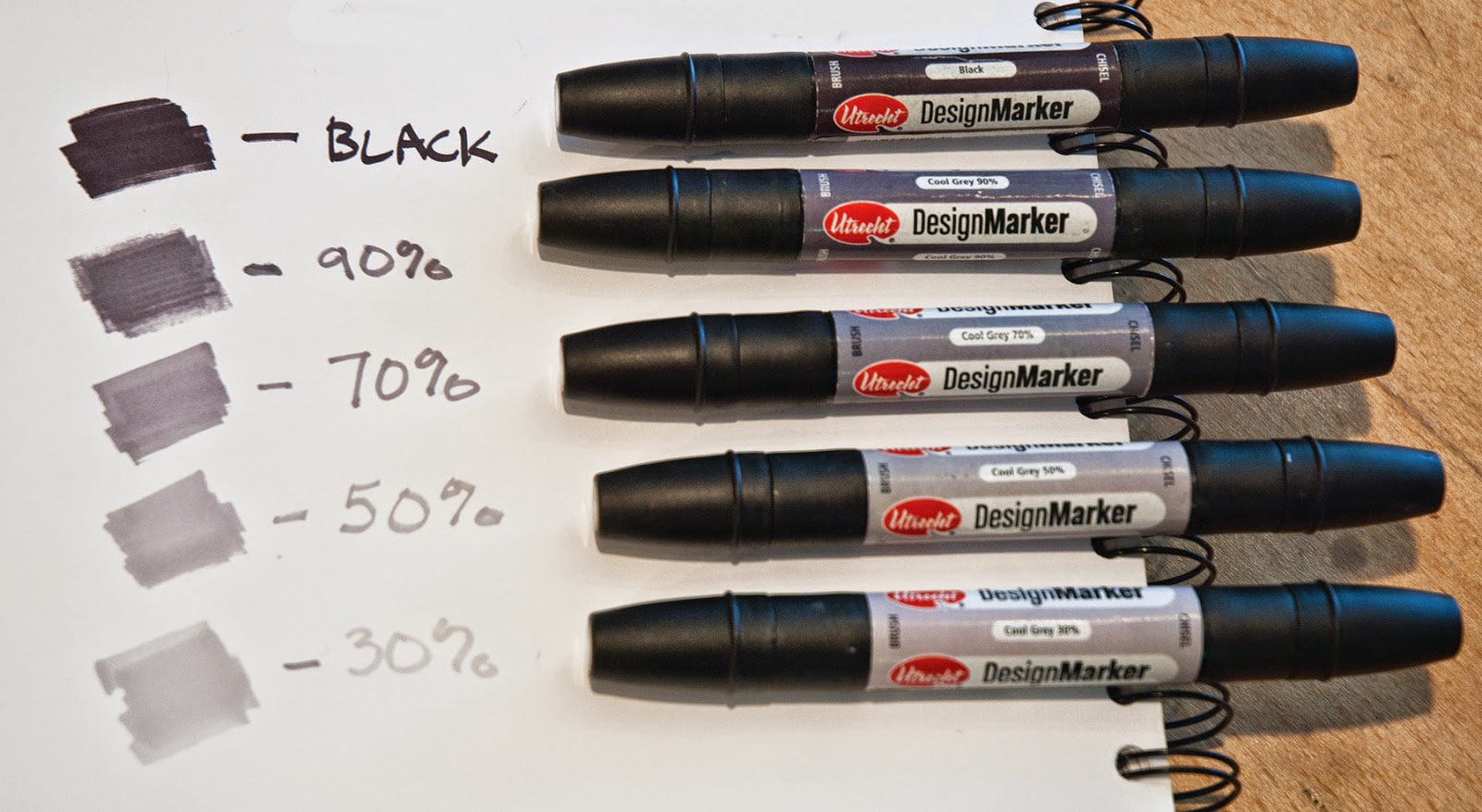I have wanted to discuss notan for some time. I should start with a basic explanation of notan and it's uses, but a recent problem with a studio painting has led me to jump ahead a bit and demonstrate one possible use of the notan.
First a quick definition. A notan is described as a combination of lights and darks especially as used in Japanese art, and the design of a work of art as seen in flat areas of light and dark only. A proper notan shows the abstract shapes. It finds the structure (like a skeleton of the painting). Unlike a value study where the main concern is assigning value to shape, the notan helps inform you where the shapes and patterns should go. Using it, you can decide if those middle values should contrast or blend in.
For this example I used a series of 2 value notans - dark value and light value.
 |
| I added lines to the photo to demonstrate where light patterns fall. |
This painting was almost fully developed when that nagging feeling that something just wasn’t quite right came over me. Now for the all important question - what is the problem? Looking at it in different types of light didn’t make me feel any easier.
Taking a photo and turning it to grayscale gave me a few indications, but when I changed it to black and white, I saw it. The lighter value of the water in the creek was very close to centered in the composition, and it moved from top to bottom in a symmetrical way so there wasn't movement in the piece. Not good. Now what to do?
Here is an example of how using Notans can help solve the problem. I quickly created several thumbnail notans in only two values - light (the paper) and dark (a black design marker). Please remember that these shouldn't show any detail, only large, simple shapes.
The first is the notan as the painting looked when I discovered the problem. Interesting that I viewed the mid values as closer to dark, but in reality they were closer to the light value so that the hill in the background disappears.
The second notan is trying to make the back hill darker. This encloses the creek and creates a more stagnate composition. Nope.
The third notan puts the back hill in the light value again, but this time closes off the foreground creating a more interesting shape in the creek. A big improvement as now the dark value is clearly dominate over the light value and there is better movement. Progress!
The fourth notan is just to make sure I have thought of all possibilities. I close off the creek but this time also decide the back hill will be the dark value. This was unsuccessful once, but now the creek shape is different so maybe…. No. Number three is better. I have that nagging feeling again. That though this is an improvement, perhaps shifting the darks on the left side over closer to the edge would give the composition better balance. Let’s see.
The fifth notan is similar to the third, only shifted to the left. And it works. It’s more dynamic.
Here is the finished piece: "Reflected Light" 18x24. The addition of rocks and the dark water in the foreground serve to connect the dark shape and makes the dark dominate over the light. The light shape is more interesting.
I plan to discuss roles of notan vs. value study and how they both help composition in a future post, so please check back!






















